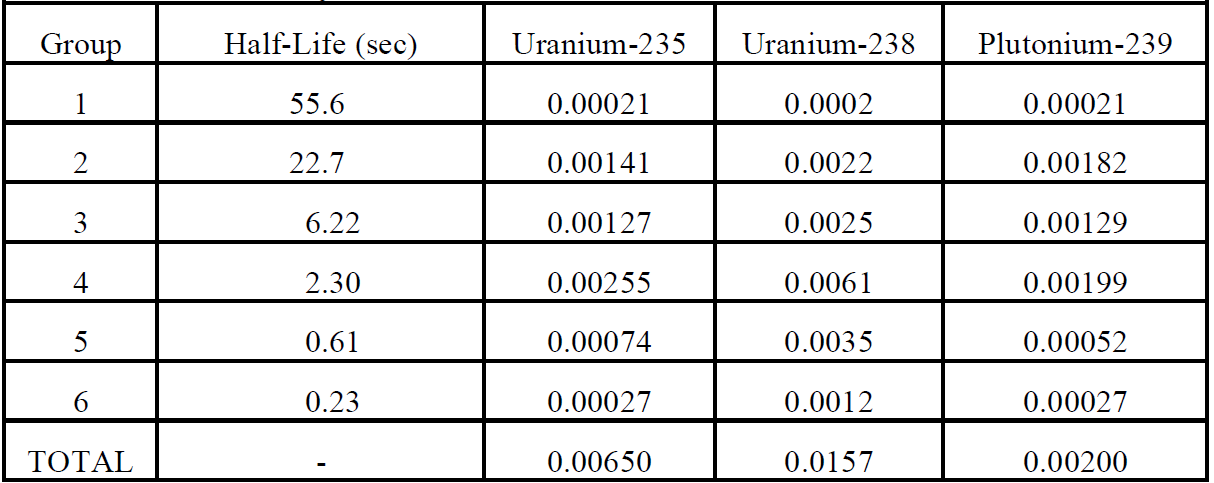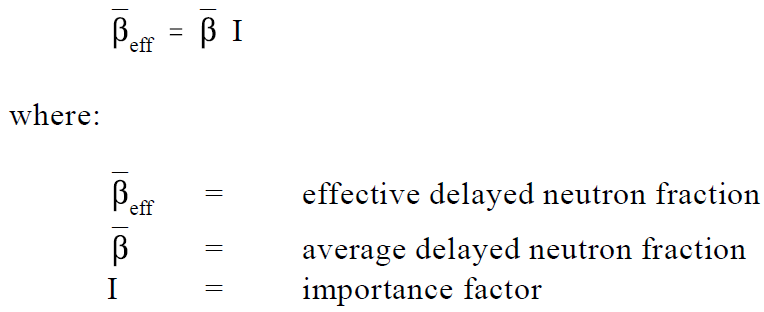
تاريخ الفيزياء

علماء الفيزياء


الفيزياء الكلاسيكية

الميكانيك

الديناميكا الحرارية


الكهربائية والمغناطيسية

الكهربائية

المغناطيسية

الكهرومغناطيسية


علم البصريات

تاريخ علم البصريات

الضوء

مواضيع عامة في علم البصريات

الصوت


الفيزياء الحديثة


النظرية النسبية

النظرية النسبية الخاصة

النظرية النسبية العامة

مواضيع عامة في النظرية النسبية

ميكانيكا الكم

الفيزياء الذرية

الفيزياء الجزيئية


الفيزياء النووية

مواضيع عامة في الفيزياء النووية

النشاط الاشعاعي


فيزياء الحالة الصلبة

الموصلات

أشباه الموصلات

العوازل

مواضيع عامة في الفيزياء الصلبة

فيزياء الجوامد


الليزر

أنواع الليزر

بعض تطبيقات الليزر

مواضيع عامة في الليزر


علم الفلك

تاريخ وعلماء علم الفلك

الثقوب السوداء


المجموعة الشمسية

الشمس

كوكب عطارد

كوكب الزهرة

كوكب الأرض

كوكب المريخ

كوكب المشتري

كوكب زحل

كوكب أورانوس

كوكب نبتون

كوكب بلوتو

القمر

كواكب ومواضيع اخرى

مواضيع عامة في علم الفلك

النجوم

البلازما

الألكترونيات

خواص المادة


الطاقة البديلة

الطاقة الشمسية

مواضيع عامة في الطاقة البديلة

المد والجزر

فيزياء الجسيمات


الفيزياء والعلوم الأخرى

الفيزياء الكيميائية

الفيزياء الرياضية

الفيزياء الحيوية

الفيزياء العامة


مواضيع عامة في الفيزياء

تجارب فيزيائية

مصطلحات وتعاريف فيزيائية

وحدات القياس الفيزيائية

طرائف الفيزياء

مواضيع اخرى
Effective Delayed Neutron Fraction
المؤلف:
U.S. Department of Commerce, National Technical Information Service, 1993
المصدر:
The Nuclear Physics and Reactor Theory Handbook
الجزء والصفحة:
p 11
25-4-2017
4299
Effective Delayed Neutron Fraction
Recall that β, the delayed neutron fraction, is the fraction of all fission neutrons that are born as delayed neutrons. The value of depends upon the actual nuclear fuel used. As discussed in Module 1, the delayed neutron precursors for a given type of fuel are grouped on the basis of half-life. The following table lists the fractional neutron yields for each delayed neutron group of three common types of fuel.
TABLE 1: Delayed Neutron Fractions for Various Fuels

The term  (pronounced beta-bar) is the average delayed neutron fraction. The value of
(pronounced beta-bar) is the average delayed neutron fraction. The value of  is the weighted average of the total delayed neutron fractions of the individual types of fuel. Each total delayed neutron fraction value for each type of fuel is weighted by the percent of total neutrons that the fuel contributes through fission. If the percentage of fissions occurring in the different types of fuel in a reactor changes over the life of the core, the average delayed neutron fraction will also change. For a light water reactor using low enriched fuel, the average delayed neutron fraction can change from 0.0070 to 0.0055 as uranium-235 is burned out and plutonium-239 is produced from uranium-238.
is the weighted average of the total delayed neutron fractions of the individual types of fuel. Each total delayed neutron fraction value for each type of fuel is weighted by the percent of total neutrons that the fuel contributes through fission. If the percentage of fissions occurring in the different types of fuel in a reactor changes over the life of the core, the average delayed neutron fraction will also change. For a light water reactor using low enriched fuel, the average delayed neutron fraction can change from 0.0070 to 0.0055 as uranium-235 is burned out and plutonium-239 is produced from uranium-238.
Delayed neutrons do not have the same properties as prompt neutrons released directly from fission. The average energy of prompt neutrons is about 2 MeV. This is much greater than the average energy of delayed neutrons (about 0.5 MeV). The fact that delayed neutrons are born at lower energies has two significant impacts on the way they proceed through the neutron life cycle. First, delayed neutrons have a much lower probability of causing fast fissions than prompt neutrons because their average energy is less than the minimum required for fast fission to occur. Second, delayed neutrons have a lower probability of leaking out of the core while they are at fast energies, because they are born at lower energies and subsequently travel a shorter distance as fast neutrons. These two considerations (lower fast fission factor and higher fast non-leakage probability for delayed neutrons) are taken into account by a term called the importance factor (I). The importance factor relates the average delayed neutron fraction to the effective delayed neutron fraction.
The effective delayed neutron fraction  is defined as the fraction of neutrons at thermal energies which were born delayed. The effective delayed neutron fraction is the product of the average delayed neutron fraction and the importance factor.
is defined as the fraction of neutrons at thermal energies which were born delayed. The effective delayed neutron fraction is the product of the average delayed neutron fraction and the importance factor.

In a small reactor with highly enriched fuel, the increase in fast non-leakage probability will dominate the decrease in the fast fission factor, and the importance factor will be greater than one. In a large reactor with low enriched fuel, the decrease in the fast fission factor will dominate the increase in the fast non-leakage probability and the importance factor will be less than one (about 0.97 for a commercial PWR).
 الاكثر قراءة في مواضيع عامة في الفيزياء النووية
الاكثر قراءة في مواضيع عامة في الفيزياء النووية
 اخر الاخبار
اخر الاخبار
اخبار العتبة العباسية المقدسة

الآخبار الصحية















 قسم الشؤون الفكرية يصدر كتاباً يوثق تاريخ السدانة في العتبة العباسية المقدسة
قسم الشؤون الفكرية يصدر كتاباً يوثق تاريخ السدانة في العتبة العباسية المقدسة "المهمة".. إصدار قصصي يوثّق القصص الفائزة في مسابقة فتوى الدفاع المقدسة للقصة القصيرة
"المهمة".. إصدار قصصي يوثّق القصص الفائزة في مسابقة فتوى الدفاع المقدسة للقصة القصيرة (نوافذ).. إصدار أدبي يوثق القصص الفائزة في مسابقة الإمام العسكري (عليه السلام)
(نوافذ).. إصدار أدبي يوثق القصص الفائزة في مسابقة الإمام العسكري (عليه السلام)


















